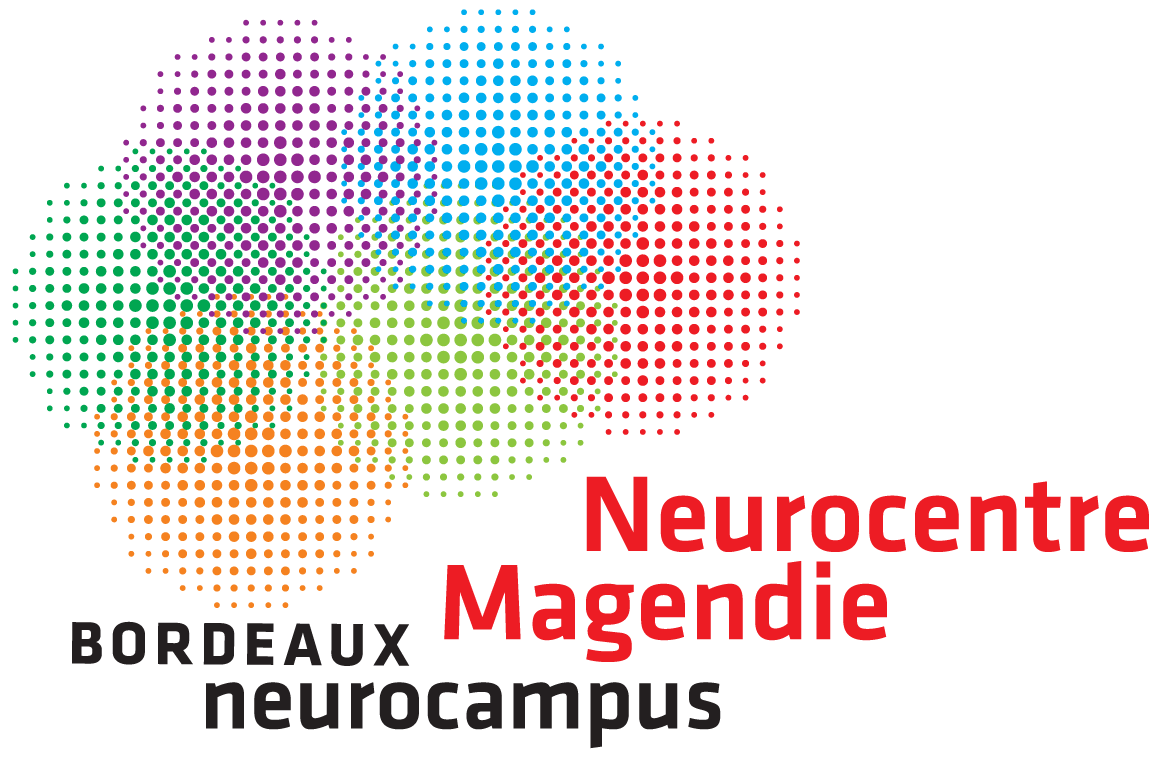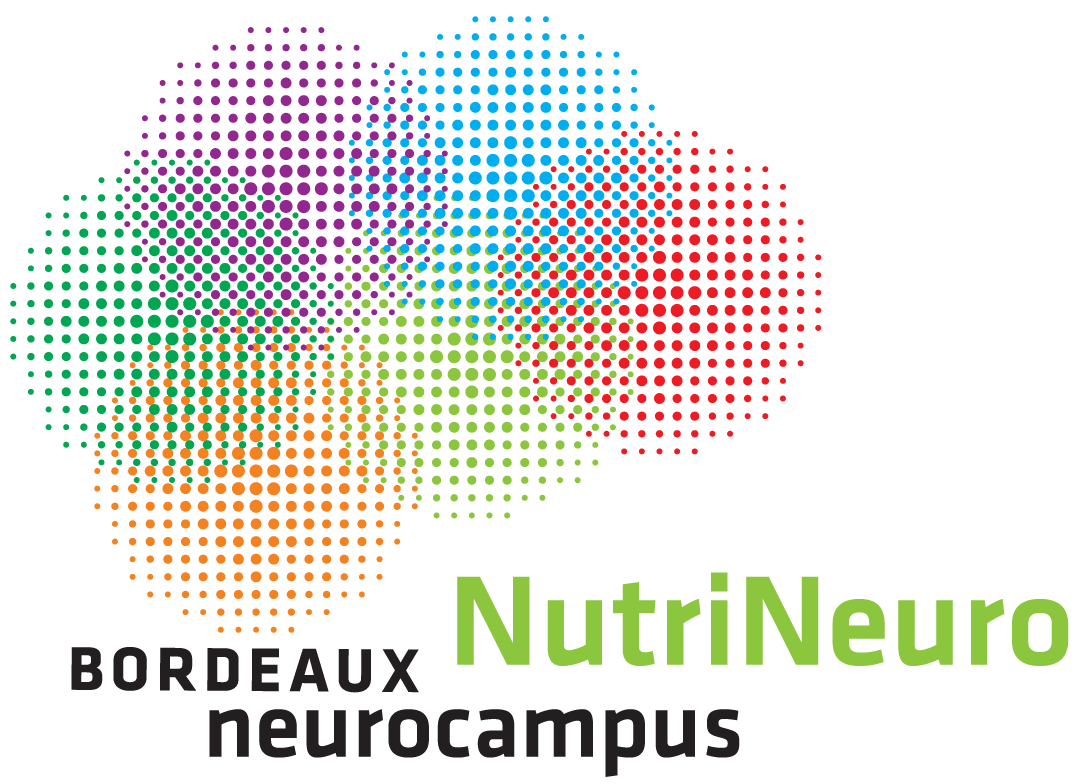BrainStress
14-16 October 2026
The brain under stress :
from molecular processes to clinical perspectives
Scientific committee
Pr Muriel Darnaudery
Professeure Université de Bordeaux / NutriNeuro
Dr Anna Beyeler
Directrice de Recherche Inserm / Neurocentre Magendie
Dr Joeri Bordes
Postdoctorant / Neurocentre Magendie
Dr Julien Dupuis
Chargé de Recherche Inserm / IINS
Dr Muriel Koehl
Directrice de Recherche Inserm / Neurocentre Magendie
Dr Marie-Pierre Moisan
Directrice de Recherche Inrae / Nutrineuro
Dr Emmanuel Mellet
Directeur de Recherche CNRS, Psychiatre / IMN
Pr François Tison
PU-PH Neurologie / IMN
Organization and support




